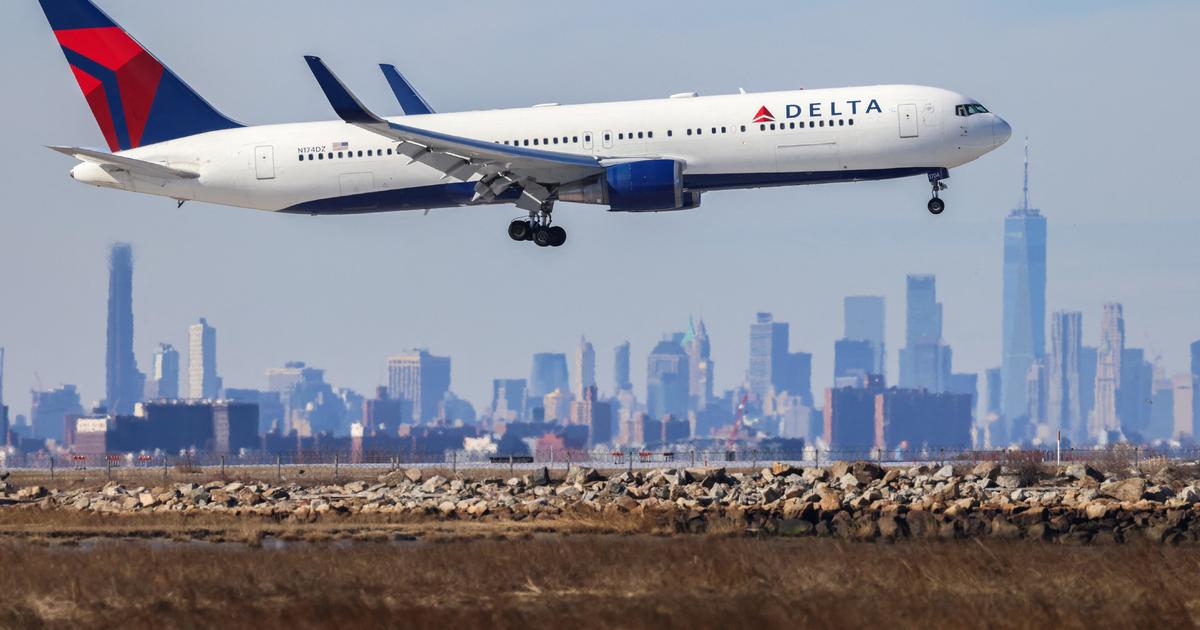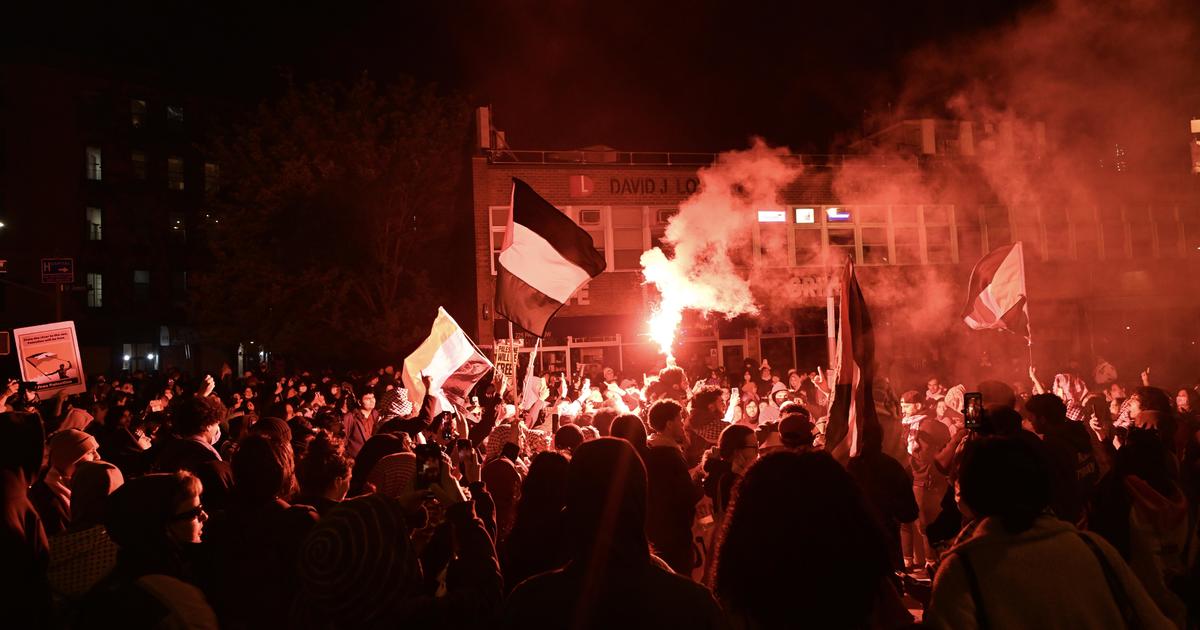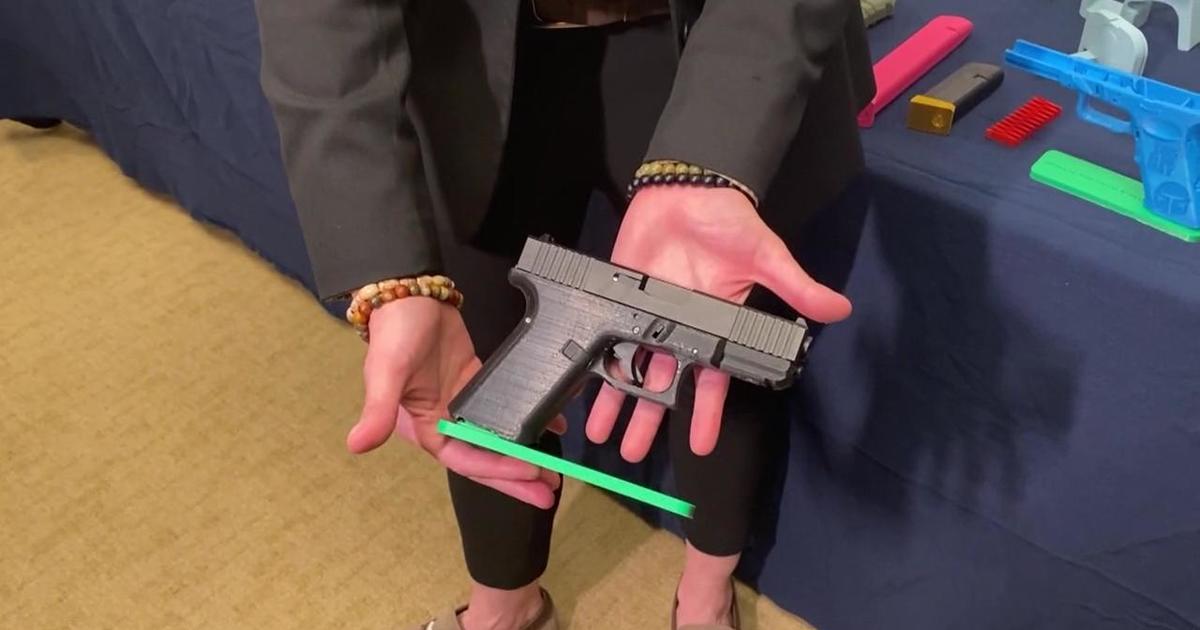Doctors, Medical Crews On Scene Describe Trauma Following Boston Marathon Blasts
NEW YORK (CBSNewYork) -- Dozens of people remain hospitalized following Monday afternoon's twin bombings near the finish line of the Boston Marathon.
Many of those injured suffered traumatic injuries to their lower extremities, authorities said.
As CBS 2's Dr. Max Gomez reported, the bombs set off around 2:50 p.m. on Monday near the finish line of the Boston Marathon were built to inflict the maximum amount of carnage.
They caused injuries that civilian doctors don't often see. Rather, they're more like war injuries from land mines and IEDs.
The bombs caused what doctors call traumatic amputations, meaning the concussions from the blasts themselves severed the limbs. While doctors were able to save the lives of most of the severely injured, they were not able to save their legs.
"Almost all of them had such severe trauma in their lower extremity that was beyond salvation. So, I would consider them almost automatic amputees. We just completed what the bomb had done," Dr. George Velmahos of Massachusetts General Hospital said.
Gomez reported that the lower leg injuries are likely because the bombs were planted near ground level, so the force of the blasts were directed low and out towards the street.
PHOTOS: Explosions At Boston Marathon Finish Line | Aftermath Of Boston Marathon Explosions
In addition, there were many lacerations and penetration injuries from the shrapnel and metal objects placed in the bomb.
What saved many lives of the critically injured, said Gomez, was disaster planning that mobilized the many resources of some of the best hospitals in the world.
"There were one or two patients who arrived to us in very, very critical condition. And I am convinced that if they had spent another just a few minutes, they would not be alive today," Dr. Alandair Conn of Mass General said.
The placement of the bombs near the finish line served to help the immediate rescue effort.
Medical tents were set up just beyond the finish line for those who had just completed the 26.2-mile race. Dozens of medical professionals and ambulances were already on hand.
Doctors turned the tents into makeshift emergency rooms, Gomez reported.
Dr. Martin Levine, an osteopathic physician and an associate dean at Touro College, has been a volunteer at the Boston Marathon for 19 years. He had just stepped out of the main medical tent when the first bomb went off.
"I yelled into the tent to make room, get people out that we can get out because we're going to be bringing in people. And then we turned and started running," Dr. Levine told Gomez. "The police were tearing down the barricades. There were a couple of people already putting compresses on people from their clothes or from whatever they could grab."
Levine said when he reached the site of the first blast, he witnessed something most doctors never see outside of a war zone.
"There were a few that were completely in shock. There were certainty a lot of people that were dismembered. There were body parts of lower extremities and lower extremities at extremely odd angles," he told Gomez. "I looked at people lying on their own limbs, someone else's limbs. We didn't know whose were whose. And huge gashes in the backs of people's legs, if even they were still attached."
Many of the seriously injured were transported in wheelchairs because the ambulances were on the far side of the medical tents. The wheelchairs were there for runners that collapsed at the finish line.
Trauma experts in New York said there is a protocol for handling triage in emergency rooms.
"You need to go through what we call the ABCs - Airway, Breathing, Circulation. You need to get intravenous access, you need to start giving them fluids. If they need blood products, you need to initiate that immediately," Dr. Susan Talbert of St. Luke's Roosevelt Hospital told CBS 2's Gomez.
Boston doctors said they expect most of the critically injured to be out of the ICU in the next day or so now that they have been stabilized.
But many of those badly wounded in the attacks will face a long process of rehabilitation, reconstructive surgery, prostheses and mental health counseling, Gomez reported.
The blasts claimed three lives, including an 8-year-old spectator and a 29-year-old Mass. native.
Please offer your comments below...



